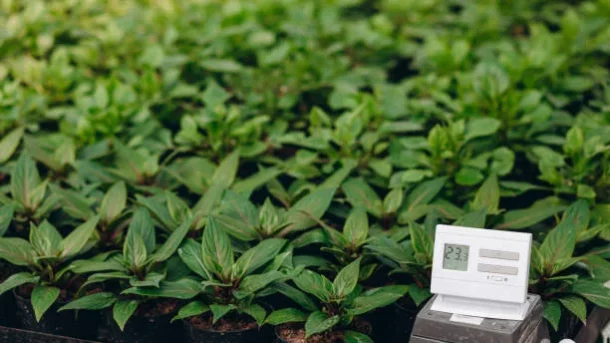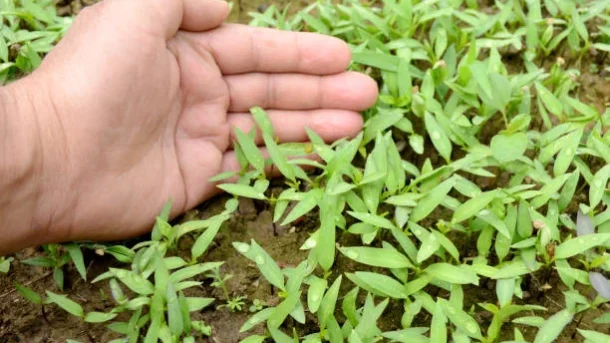Nitrogen-fixing algae, sometimes referred to as cyanobacteria, are crucial components of biofertilizers as of my most recent knowledge update in September 2021, especially in boosting soil fertility and fostering plant development. Through a process known as nitrogen fixation, photosynthetic microbes known as cyanobacteria are able to convert atmospheric nitrogen (N2) into ammonia (NH3). The function of nitrogen-fixing algae in biofertilizers is as follows:
Nitrogen fixation: The main function of nitrogen-fixing algae in biofertilizers is to change atmospheric nitrogen gas (N2), which is present in large amounts, into an available form of nitrogen for plants (ammonia, NH3). Because most plants cannot directly obtain atmospheric nitrogen, this mechanism is crucial. Cyanobacteria help replenish the soil with nitrogen by fixing it, which is an important nutrient for plant growth and development.
Increased availability of nitrogen in the soil thanks to biofertilizers with algae that fix nitrogen, which helps plant nutrition. Amino acids, proteins, and other essential compounds in plants all contain nitrogen as a crucial component. Plant development is healthier and more vigorous when there is enough nitrogen in the soil.
Plant interactions that are advantageous: Similar to how leguminous plants create nodules with nitrogen-fixing bacteria, nitrogen-fixing algae can coexist symbiotically with some plants. Through these symbiotic relationships, known as “cyanobacterial-plant symbiosis,” the cyanobacteria can give the host plant with fixed nitrogen, helping it meet its nitrogen needs.
Fertility of the soil is increased because nitrogen-fixing algae in the soil act as a renewable source of nitrogen. This lessens the need for synthetic nitrogen fertilizers, which when used excessively can have a harmful influence on the environment.
Sustainability and environmental friendliness: The use of nitrogen-fixing algae in biofertilizers encourages environmentally friendly agriculture methods. Biofertilizers assist preserve natural resources and lessen environmental damage by lowering dependency on chemical fertilizers and enhancing soil fertility.









